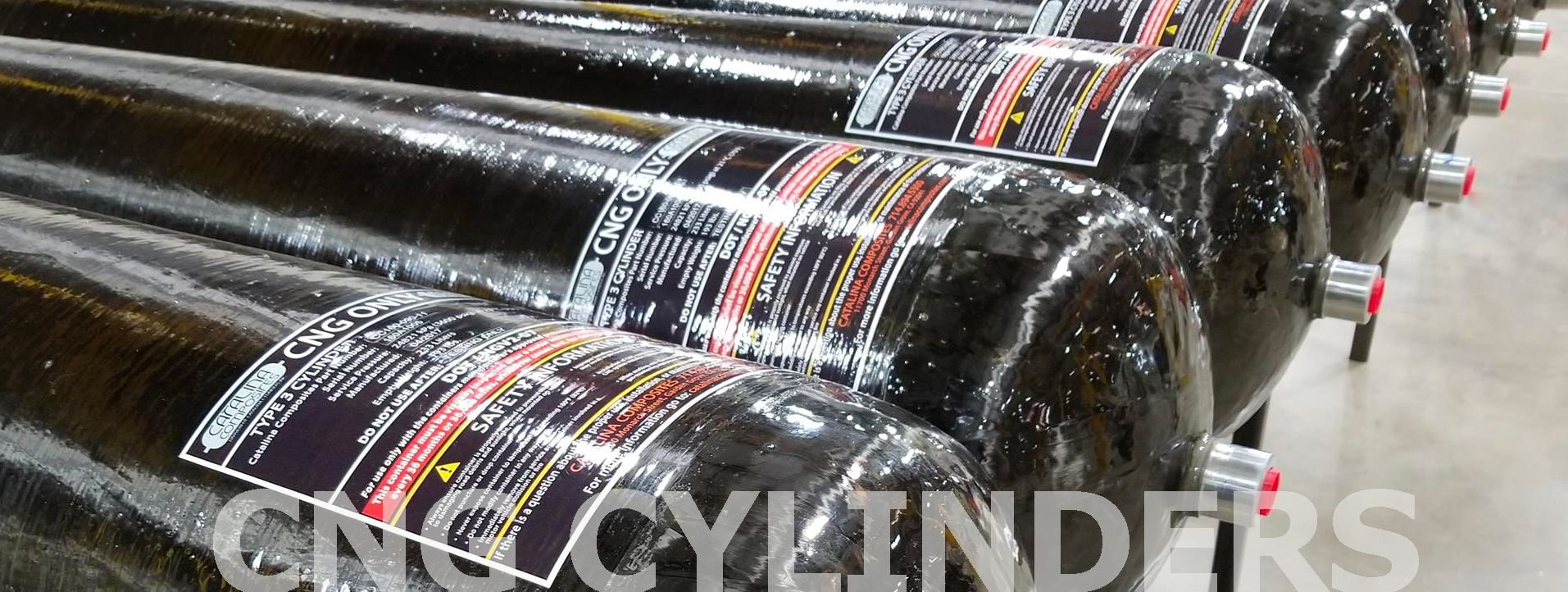
CNG Cylinder Information
CNG cylinder manufactures supply industrial standard amounts for the cylinders they make. This amount will not be what you are able to refill the cylinders when fueling at the cng station during normal use. Amount of refill will vary at different stations and other factors will effect amount of refill like the weather, temperatures, CNG fuel station equipment, altitude, storage vessel psi, temperature compensation, etc...
The cng cylinder will always have cng fuel pressure remaining in tank when the fuel gauge shows it is empty due to CNG fuel rail pressures that are needed to supply cng fuel to the engine. For example we see for a manufactuer rated 21.2 gge cylinder having refills in range of 17.5 - 20 gge's. It is possible to have even lower refills. Altech-Eco does not guarantee the amount you will get on refills, there are to many variables out of our control.
Compressed Natural Gas (CNG) cylinders are available in a number of different types, weights and sizes to suit different applications.
CNG cylinders have to be inspected by a licensed inspector every 3 years or 36,000 miles, which ever occurs first.
Cylinder Types :
‣ Type 1: This is an all metal cylinder made of steel. There is no covering, other than paint, on the outside of the cylinder. This is the most common type of cylinder.
‣ Type 2: This is a metal cylinder (steel or aluminum) with a partial wrapping that goes around the cylinder. The wrapping is usually made of glass, aramid or carbon, contained in an epoxy or polyester resin.
‣ Type 3: This type of cylinder is fully wrapped with the same kind of material used for the partial wrapping of a Type 2 cylinder. This type of cylinder has a metal liner usually aluminum.
‣ Type 4: This type of cylinder is fully wrapped with the same kind of material used for the partial wrapping of a Type 2 cylinder. This type of cylinder has a plastic liner.
CNG Vehicle Fuel Container Standards
All CNG vehicle fuel containers must meet the federal government’s Federal Motor Vehicle Safety Standard (FMVSS) 304 (49 CFR 571.304), Compressed Natural Gas Fuel Container Integrity. All CNG vehicle fuel containers SHOULD meet American National Standards Institute (ANSI)/Canadian Standards Association (CSA) NGV2, Basic Requirements for Compressed Natural Gas Vehicle Fuel Containers. This industry standard is more comprehensive and up-to-date than FMVSS 304.
How come my fill amount of CNG changes?
If ambient temperature goes up or down, pressure also correspondingly goes up or down.
CNG is typically stored at 3,600 psi at 70ºF. During fast filling, CNG heats up as it compresses into the tanks.
Example: On a 70ºF day you fill your NGV to full at fast fill station. You fill to 3,600 psi at an elevated temperature (say 100ºF) in the tanks. As the CNG cools back down to ambient of 70º the pressure of gas decreases. Your end result is less gas - instead of filling at 3,600 psi you may only have filled to 3,400 psi. You are more likely to get a more full fill on colder days than on warmer days.